Pillar 4 – The Symphony of Integration: Harmonizing Data Across Systems
In today’s interconnected world, data rarely exists in silos—it flows like a symphony where every instrument must play in harmony. For Data and ML engineers, creating an integrated data ecosystem isn’t just about connecting endpoints; it’s about orchestrating a seamless flow of information that fuels innovation and insight.
The API-First Approach: Building the Conduits of Communication
APIs are the digital equivalent of a conductor’s baton, coordinating the flow of data between disparate systems. By prioritizing an API-first approach, you create robust, scalable interfaces that allow data to move freely and securely.
Why It Matters:
- Interoperability: APIs allow different systems and applications to communicate effortlessly, regardless of their underlying technologies.
- Agility: An API-first design facilitates rapid development and iteration, enabling teams to quickly adapt to changing business needs.
- Scalability: With cloud-native solutions, APIs can scale to handle increasing loads without compromising performance.
Tools and Examples:
- AWS API Gateway: A powerful, fully managed service that enables you to create, deploy, and manage secure APIs at any scale. For instance, a financial analytics platform might use API Gateway to expose real-time market data to mobile apps and web dashboards.
- Python’s Flask: For smaller-scale or internal applications, Flask provides a lightweight framework for building APIs. Imagine an internal ML model that needs to be accessed by multiple microservices—it can be wrapped in a Flask API for easy integration.
Example in Action: A retail company implemented AWS API Gateway to integrate its inventory management system with its online storefront. This allowed real-time updates on product availability, reducing over-selling and improving customer satisfaction.
Event-Driven Architecture: Orchestrating Real-Time Data Flow
In an event-driven architecture, data events act like musical cues, triggering specific actions across your system. This approach enables real-time processing, ensuring that data is acted upon as soon as it is generated.
Why It Matters:
- Real-Time Responsiveness: Immediate processing of data events is crucial in environments like IoT, where delays can lead to missed opportunities or even critical failures.
- Decoupling: Systems can operate independently and communicate asynchronously, enhancing resilience and scalability.
- Flexibility: New services can be added without disrupting existing workflows, allowing your ecosystem to evolve organically.
Tools and Examples:
- AWS Lambda: A serverless compute service that runs code in response to events. For instance, a smart city application might use Lambda to process sensor data in real time, adjusting traffic signals based on current conditions.
- Apache Kafka: A distributed streaming platform designed for high-throughput, real-time data pipelines. An e-commerce platform can use Kafka to trigger personalized recommendations when a customer interacts with the site.
Example in Action: A logistics company implemented Apache Kafka to manage its fleet tracking. Data from GPS devices and sensors was streamed in real time, triggering AWS Lambda functions that optimized delivery routes and predicted maintenance needs—resulting in a 25% reduction in operational delays.
Bringing It All Together: The Integrated Symphony
Imagine your data ecosystem as an orchestra. APIs act as the bridges connecting different sections—string, brass, and percussion—ensuring that every part plays in unison. Meanwhile, event-driven architecture provides the real-time cues that keep the performance dynamic and responsive. By embracing both approaches, you create a robust, scalable, and agile data system that not only meets today’s demands but also adapts to future challenges.
Actionable Takeaway:
- Start with an API-first strategy: Design your systems to expose and consume APIs from the outset.
- Adopt event-driven principles: Use tools like AWS Lambda and Kafka to ensure that your data pipelines are responsive and decoupled.
- Iterate and Monitor: Regularly test, refine, and monitor your integrations to maintain harmony in your data symphony.
Conclusion
The Symphony of Integration is more than just a technical framework—it’s a mindset. By treating data as a dynamic, interconnected resource, you can build systems that are both resilient and adaptable. Whether you’re using AWS API Gateway and Flask to manage communication, or deploying AWS Lambda and Kafka to handle real-time events, remember that every component plays a vital role. With the right approach, your data ecosystem can achieve the perfect harmony needed to drive innovation and success in the modern digital age.
What strategies have you used to integrate your data systems seamlessly? Share your thoughts and join the conversation on orchestrating the future of data integration!
#DataIntegration #APIFirst #EventDriven #RealTimeData #AWSLambda #Kafka #Microservices #TechInnovation #DataEngineering #MLEngineering




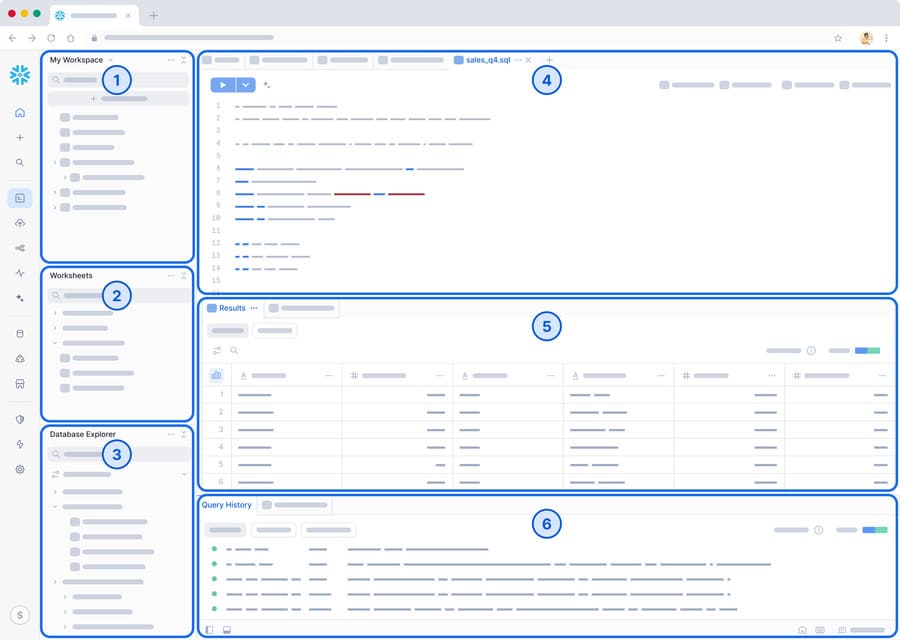
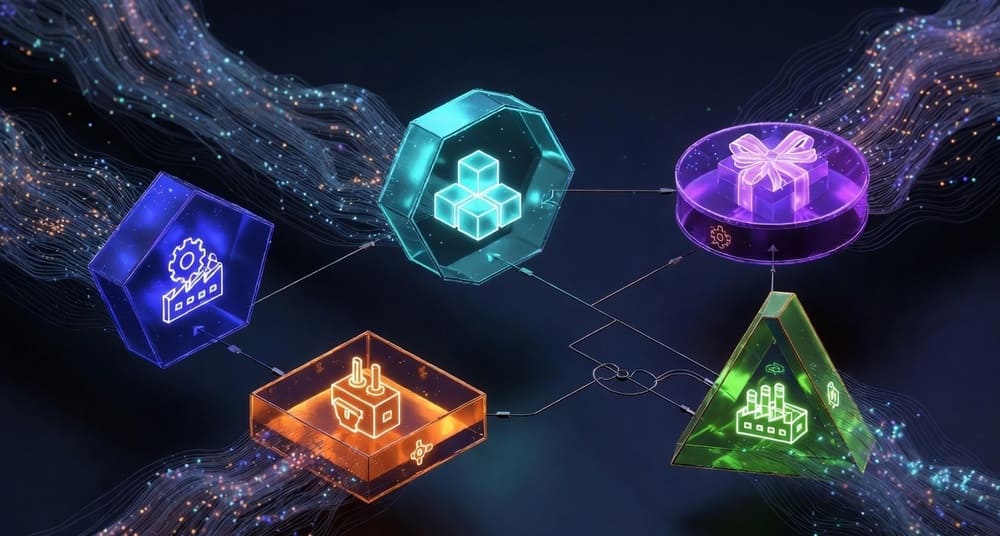
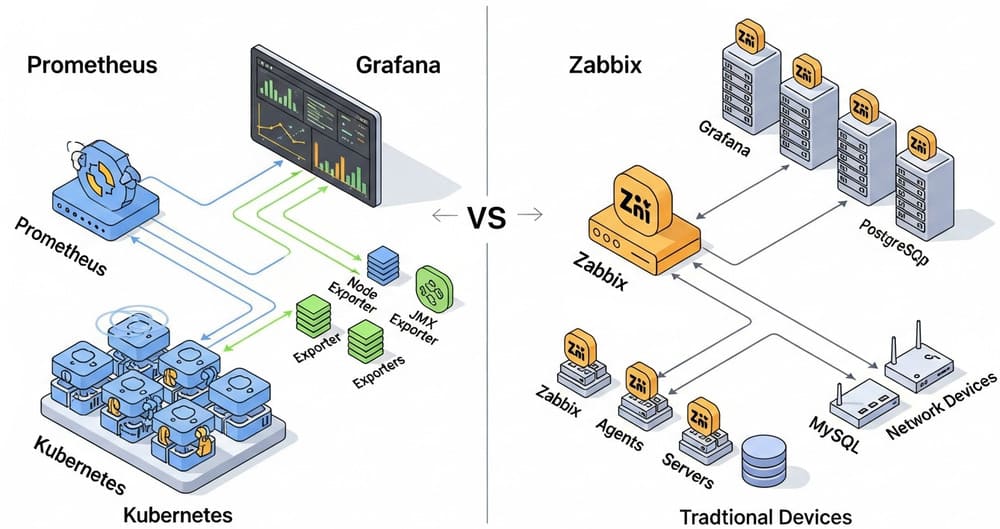
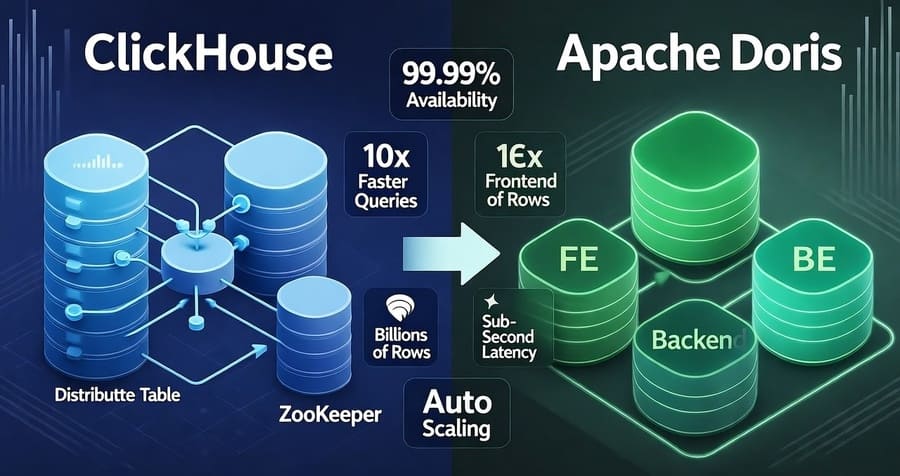
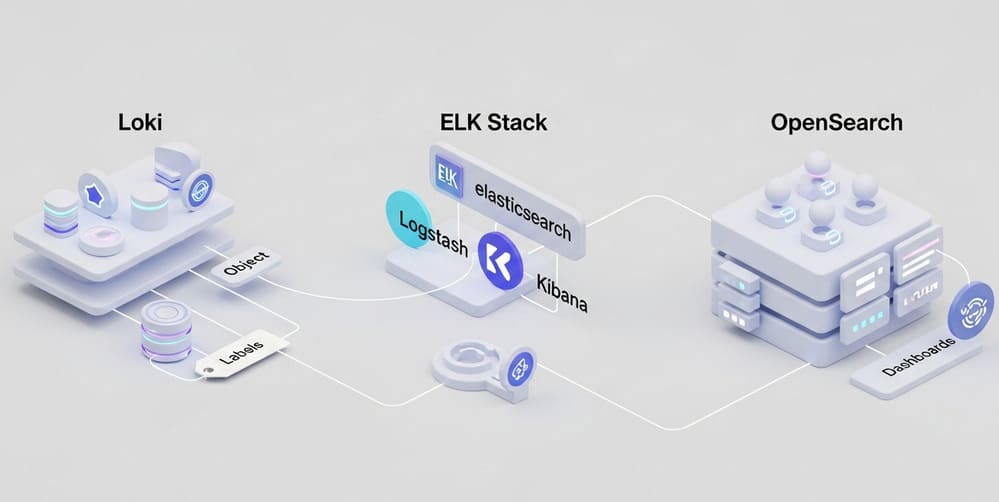
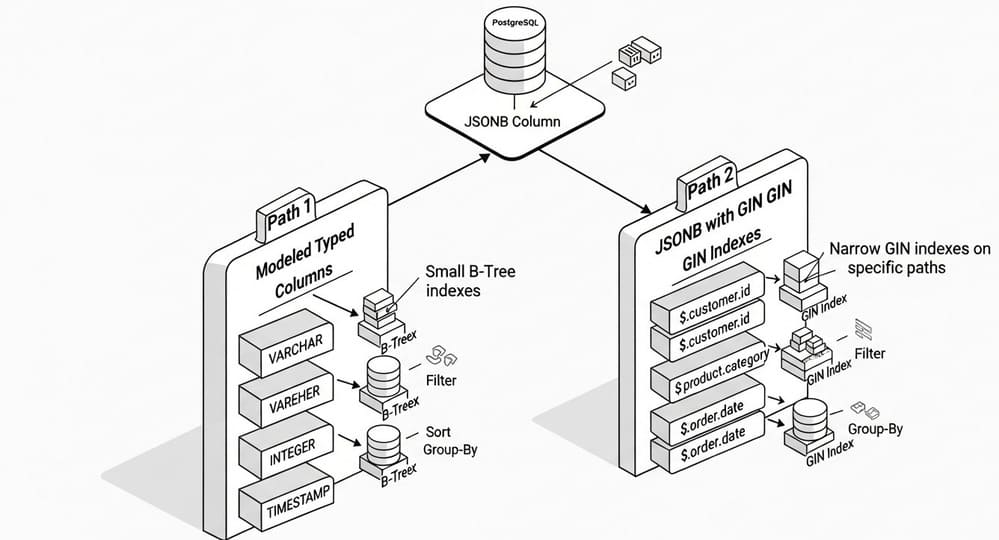
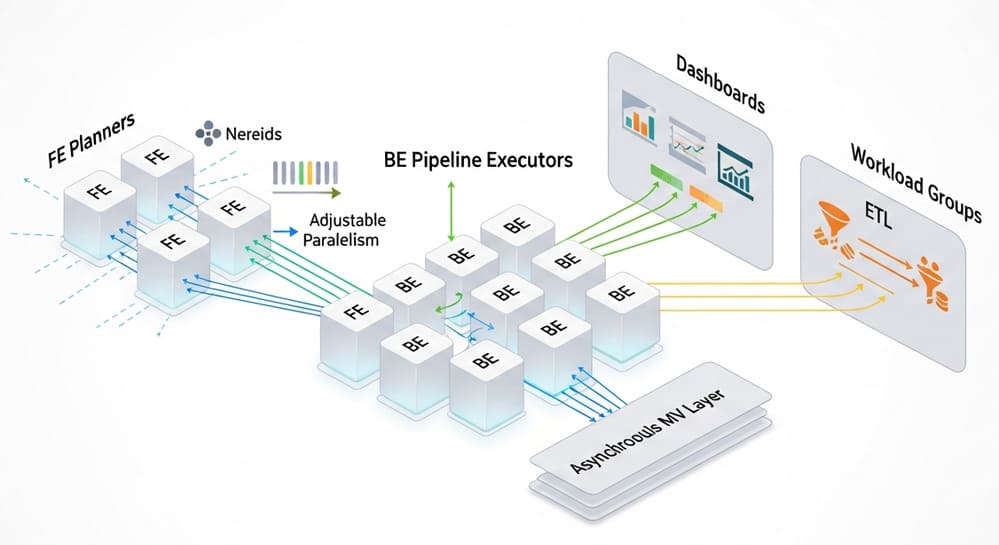



Leave a Reply